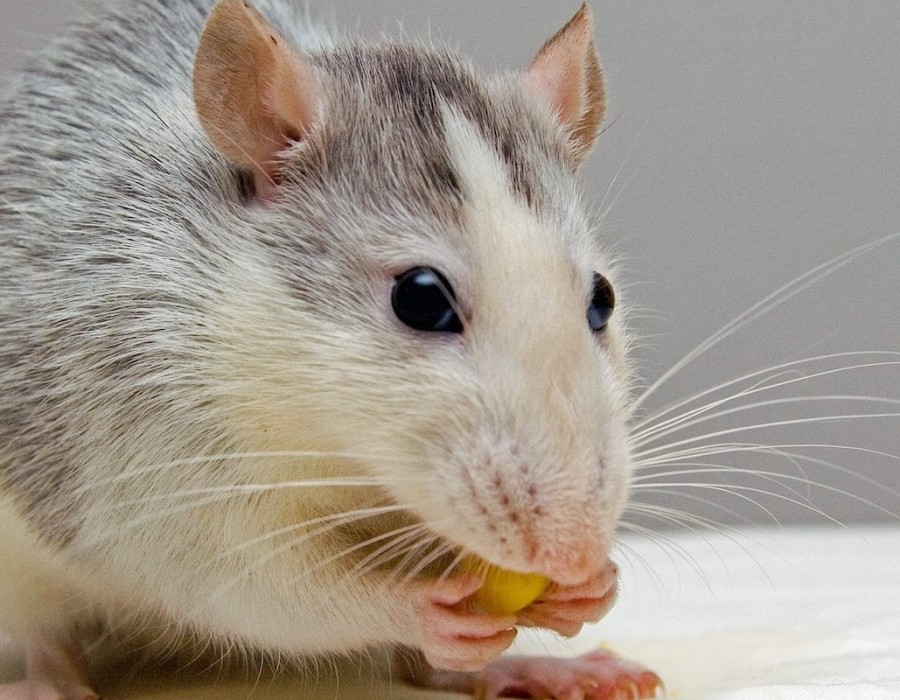Mice, with their tiny whiskers and nimble movements, can be unwelcome guests in homes and businesses alike. As opportunistic feeders, mice have an eclectic palate that can lead them to sample a variety of foods. Understanding what do mice eat and implementing strategies to deter them can be crucial in preventing infestations and maintaining a pest-free environment.
1. Omnivorous Appetites: Mice as Opportunistic Feeders
Mice are omnivores, meaning they consume both plant and animal matter. Their diet is diverse, and their ability to adapt to various environments enables them to find sustenance in a wide range of food sources. Mice are known to nibble on grains, seeds, fruits, vegetables, insects, and even small amounts of meat.
2. Pantry Predators: Mice and Food Storage
One of the primary concerns with mice is their penchant for raiding pantries and food storage areas. Grains and cereals, especially those stored in cardboard or plastic containers, are vulnerable to mouse intrusion. Mice can easily chew through packaging to access these food sources, leaving behind contamination and the potential spread of diseases.
To mitigate this risk, it's essential to store pantry items in airtight containers made of materials that mice cannot easily gnaw through. Glass or plastic containers with tight-fitting lids serve as effective barriers, preventing mice from gaining access to stored food.
3. Sweet Tooth Intricacies: Mice and Sugary Delights
Mice are attracted to sweet foods, making sugary treats a potential magnet for these rodents. Items like chocolate, candies, and even certain fruits may draw mice into kitchens and storage areas. Identifying and securing such items is crucial in minimizing the allure for mice.
Regularly cleaning up spills and crumbs, especially those associated with sugary substances, can help eliminate attractants. Additionally, storing sweet items in secure containers and promptly addressing any spills or crumbs can go a long way in deterring mice.
4. The Protein Palette: Mice and Animal-Based Foods
While mice primarily feed on plant-based foods, they are not averse to consuming animal matter. Insects, small bits of meat, and even pet food can be on the menu for mice. Pet owners should be vigilant about cleaning up spilled pet food promptly and securing food storage areas to prevent mice from accessing these protein-rich sources.
5. Mice and the Kitchen Garden: Vegetables and Greens
Mice are known to nibble on fresh produce, including vegetables and greens. Gardens, whether indoors or outdoors, can attract mice looking for a variety of plant-based foods. Implementing effective garden management practices, such as removing overgrown vegetation and securing compost piles, can help deter mice from making a home in these areas.
6. Strategic Deterring: How to Keep Mice at Bay
Preventing mouse infestations involves both eliminating attractants and implementing strategic deterrents. Here are some effective ways to keep mice at bay:
**Seal Entry Points: Identify and seal any potential entry points, including gaps in walls, cracks in foundations, and openings around doors and windows. Mice can squeeze through remarkably small openings, so attention to detail is essential.
**Maintain Cleanliness: Regularly clean and declutter living spaces, especially areas where food is stored. Remove crumbs, spills, and food residue promptly, denying mice easy access to sustenance.
**Use Traps: Traditional snap traps or humane catch-and-release traps can be effective in controlling mouse populations. Place traps strategically in areas where mice are likely to travel, such as along walls and near potential entry points.
**Employ Natural Deterrents: Certain scents, such as peppermint oil, can act as natural deterrents for mice. Placing cotton balls soaked in peppermint oil in areas of concern may discourage them from entering.
**Consider Professional Assistance: If a mouse infestation persists or if the situation becomes challenging to manage, seeking the services of professional pest control experts may be necessary. Professionals can assess the extent of the issue and implement targeted strategies to eliminate mice and prevent future infestations.
Conclusion: Navigating a Rodent-Free Lifestyle
Understanding what mice eat and implementing measures to keep them at bay is essential for maintaining a pest-free environment. By addressing potential attractants, securing food storage areas, and employing strategic deterrents, individuals can navigate a rodent-free lifestyle and minimize the risks associated with mouse infestations. Whether through proactive prevention or targeted intervention, the goal is to create living spaces that are unappealing to mice, ensuring that gourmet rodent dining remains far from the menu of homes and businesses.





Comments